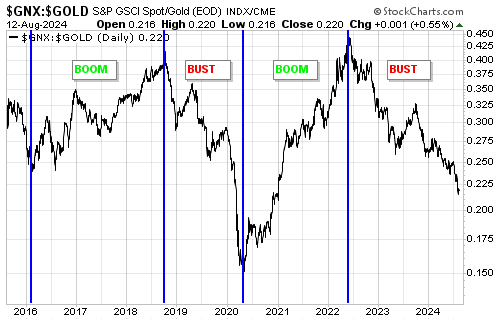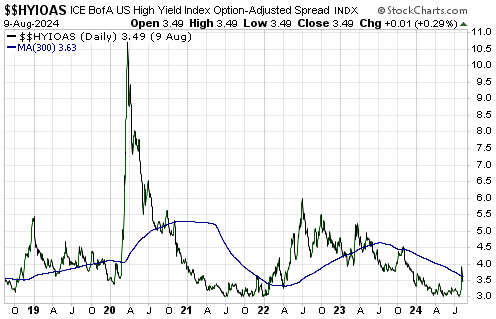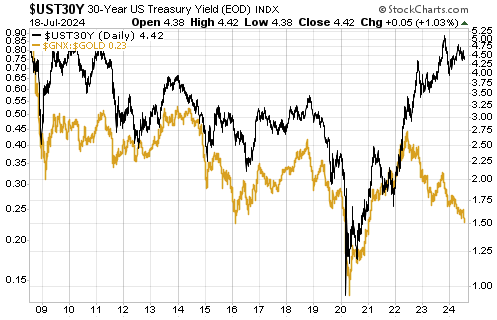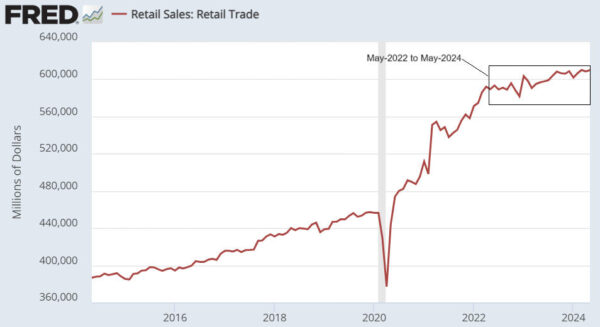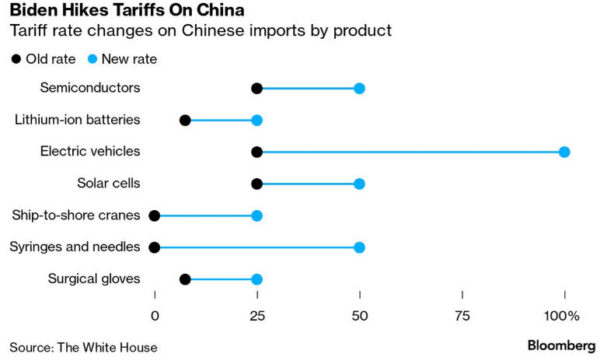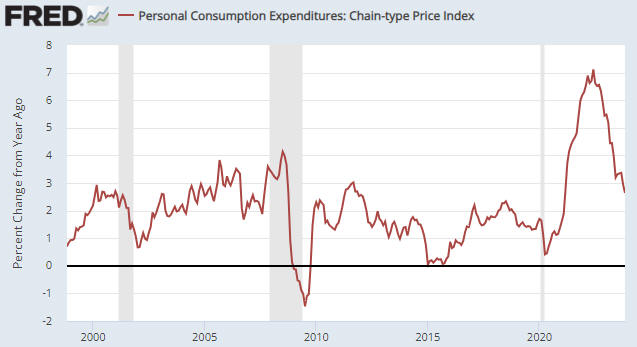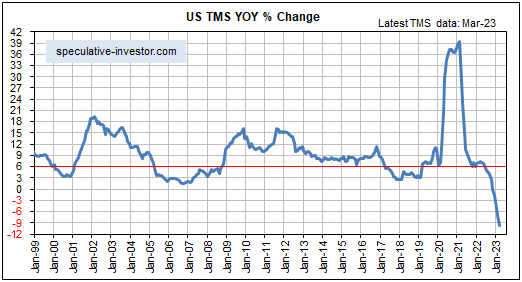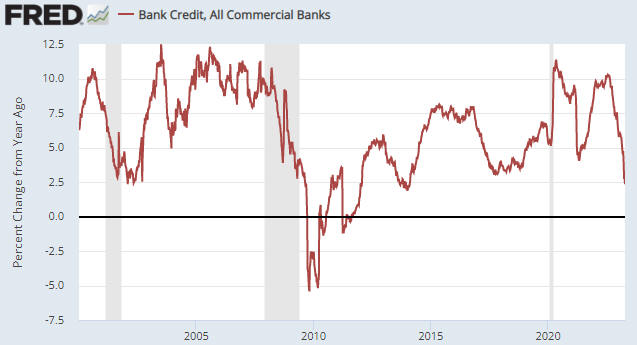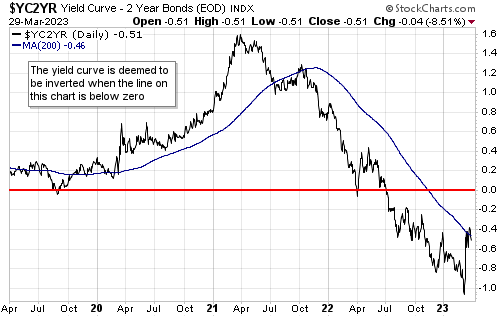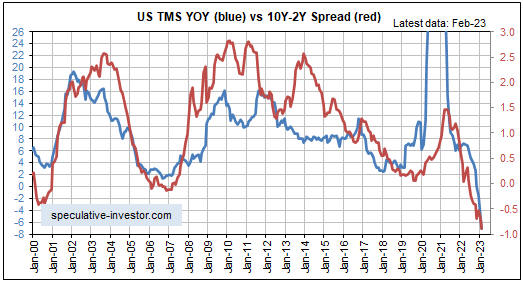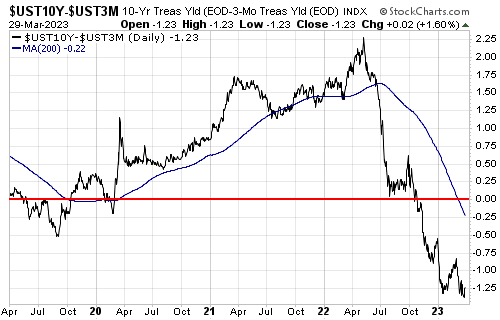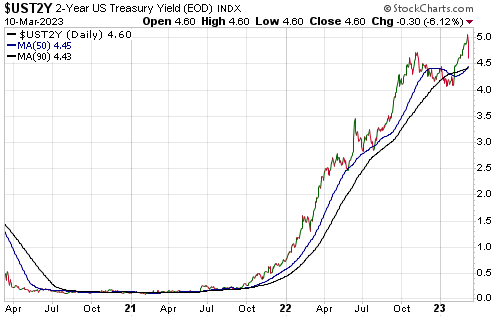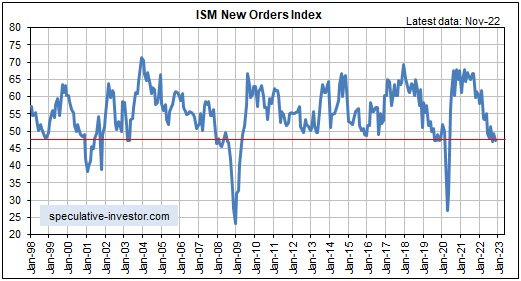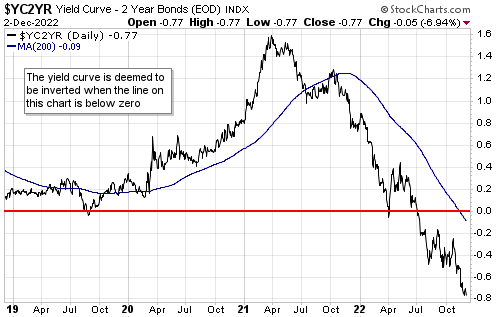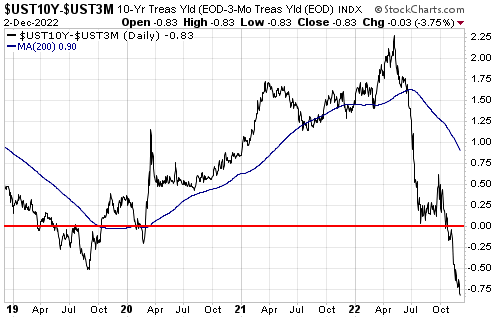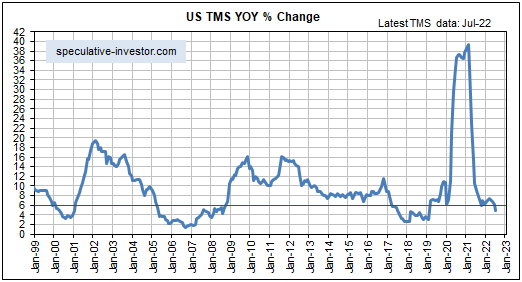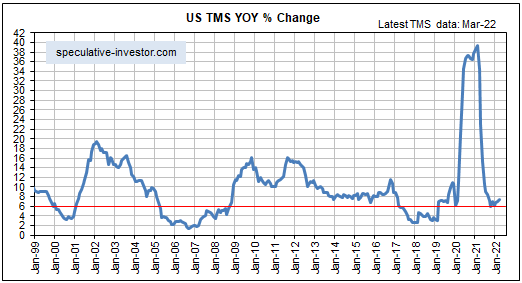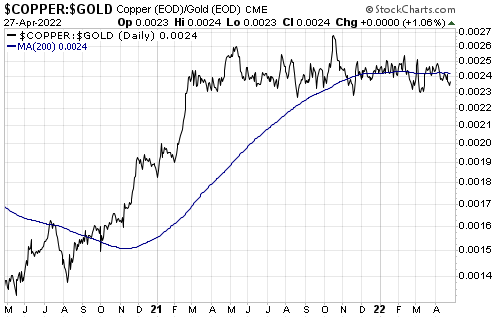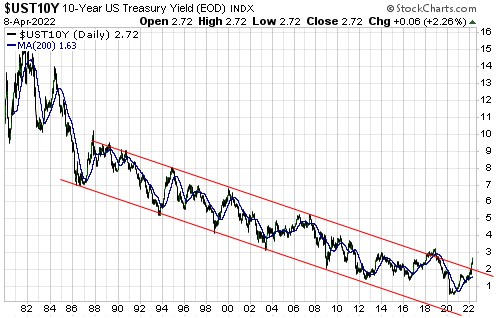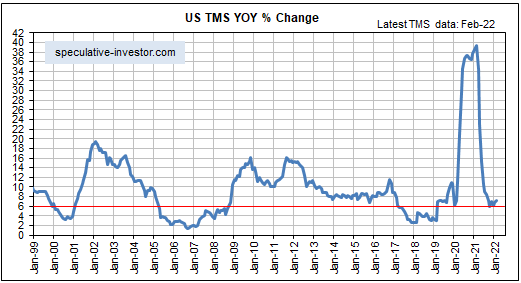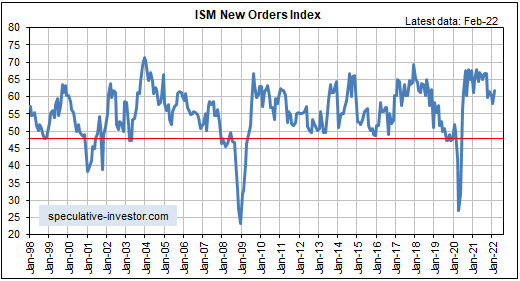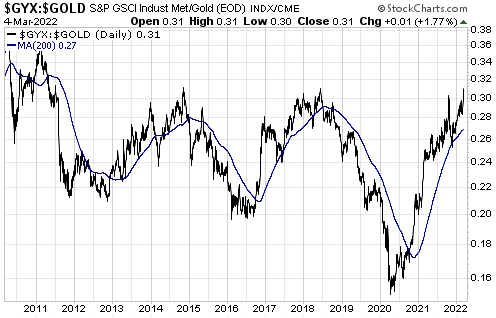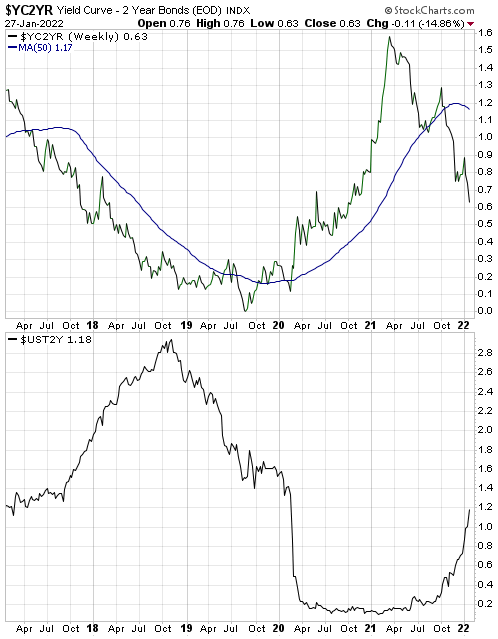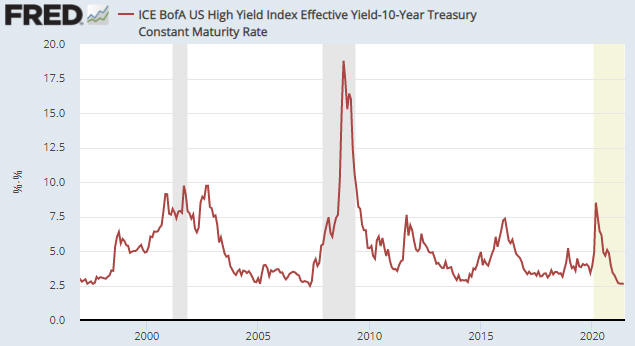It is illogical to expect an artificially-low interest rate to help the economy. This is because the best-case scenario resulting from interest-rate suppression is a wealth transfer from savers to speculators. In other words, the best case is a ‘wash’ for the overall economy. The realistic case, however, is very much a negative for the overall economy, because in addition to punishing savers an artificially low interest rate will cause mal-investment and thus make the economy less efficient.
Furthermore, thanks to the Japanese experience of the past two decades there is now a mountain of recent empirical evidence to support the logic outlined above. Japan’s policymakers have tried and tried again to propel their economy to the mythical “escape velocity” by pushing interest rates down to absurdly low levels and keeping them there, but every attempt has failed. Unfortunately, the fact that interest-rate suppression has been a total bust in Japan has not dissuaded other central banks from going down the same path.
The root of the problem is devotion to bad economic theory. If you are convinced that lowering the interest rate, pumping money into the economy and ramping-up government spending is beneficial, then from your perspective a failure of such measures to sustainably boost the rate of economic growth can only mean that the measures weren’t aggressive enough. If the interest rate is reduced to zero and the economy remains sluggish, then a negative interest rate must be needed. If the economy doesn’t become strong in response to 10% annual money-supply growth, then 15% or 20% annual monetary expansion is obviously required. If a hefty boost in government spending fails to kick-start the economy, then it must be the case that government spending wasn’t boosted enough.
The alternative is that the theory underlying the policy is completely wrong, but this possibility must never be acknowledged.
 Print This Post
Print This Post

